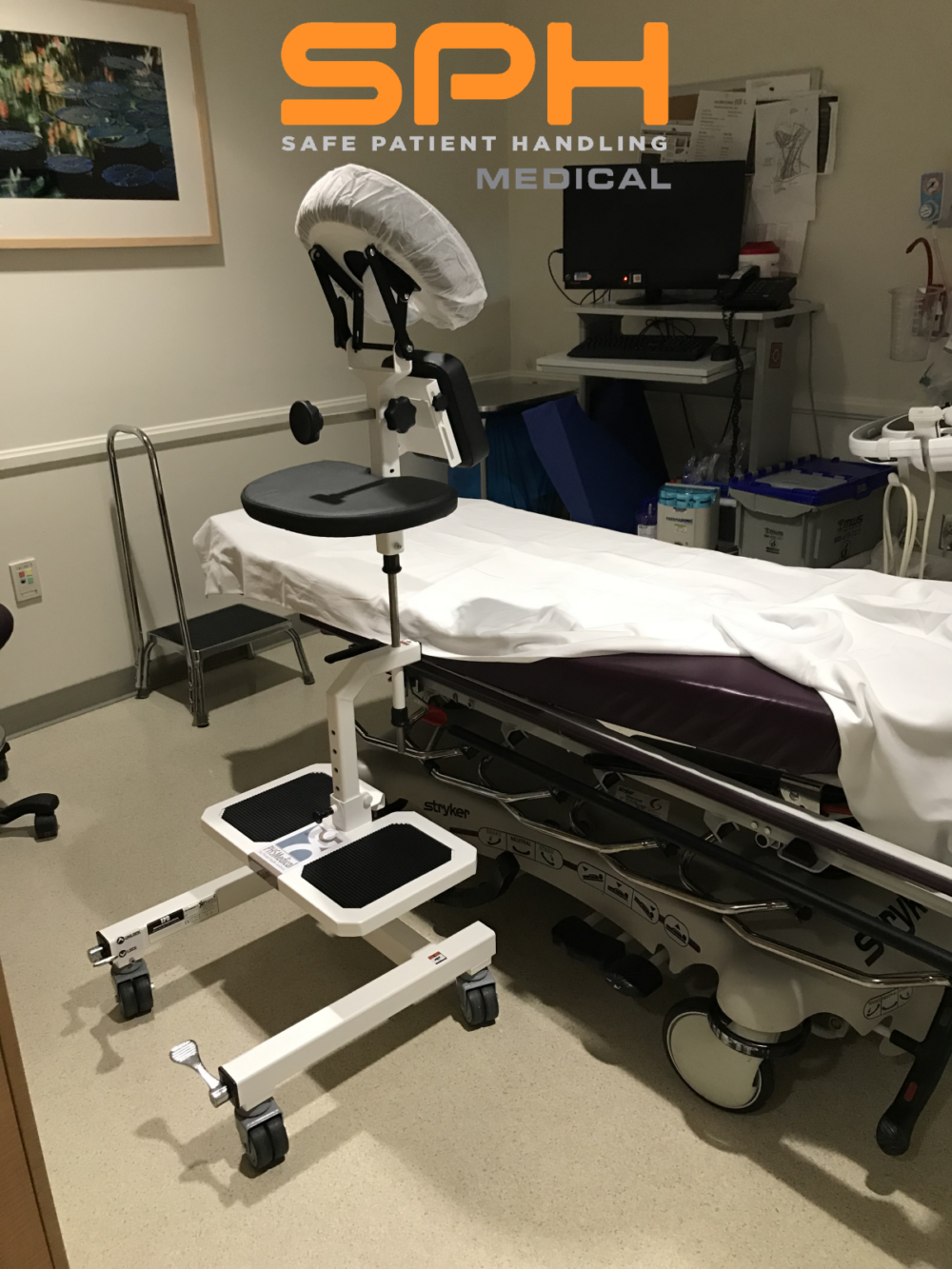Pain during labor is inevitable, but it doesn’t have to go untreated. Labor can be much less stressful and even enjoyable with the addition of epidural pain relief to control pain during labor. Aside from saving a mother’s sanity, an epidural can help a mother breathe better through contractions and can reduce anxiety surrounding birth.
What is an Epidural?
Getting an epidural isn’t nearly as scary as it sounds. A highly trained anesthetist will first numb the patient’s back, then insert a catheter for the medication. A needle is used to insert the catheter, but it doesn’t stay in there!
Typically, epidurals contain a drug such as Demerol or morphine. These are inserted into a patient’s back between the disks of the spine to block pain directly at the nerves. These drugs promote rest, relax the body, and allow a mother to renew her energy before it is time to push. For those who want to feel some labor, a lighter form of epidural pain relief, often dubbed a “walking” epidural, is controlled by a button that the patient can press at her own discretion. Despite the name, patients are not able to actually walk with a walking epidural. They may however be better able to reposition themselves in bed.
Positioning and Risks
While epidurals are truly a miracle for new mothers, they do require a touch of finesse. To receive an epidural, the patient must be positioned correctly. While in position, she cannot make any movement without endangering herself, her baby, and medical staff. After all, during the procedure, there is a needle hanging directly around very important nerves. If the positioning is off or the patient moves, there could be dangerous effects.
The most common complication is a spinal headache caused from improper puncture, but other more serious complications can arise such as neural disfunction, and dangerous drops in blood pressure. Additionally, improper positioning can cause a woman to have only partial pain relief or create pain which may lead to repositioning the epidural. It’s best to get the job done right so that it only has to be done once.
These risks are explained to the mother prior to the procedure, and rightfully, the order not to move during placement is stressed repeatedly. This can make the patient nervous, which unfortunately means she may be more likely to jerk involuntarily during the procedure. If done correctly, the patient will feel a quick pop like a bee sting then immediate relief.
Usually, a nurse must hold the patient in position. The patient must relax completely, which leaves the nurse supporting her fully. If the laboring patient moves involuntarily or passes out during the procedure, nursing staff can fall or be injured. If a nurse is assisting in the epidural positioning procedure multiple times in a shift, he or she is at an even higher risk of developing musculoskeletal issues. Of course, a workplace injury could affect a staff member’s performance long term.
Epidural Pain Relief and Reducing Risks
Epidural positioning devices, or EPD, reduce the risk of injury to mother and baby, and also to nursing staff. The epidural chair allows a woman to lean forward comfortably and stably without the need for a nurse to hold her up or prop her with pillows which can slip or compress. EPD include the full epidural chair as well as bedside props with adjustable footrests that accomplish a similar task.
Having the stability of the positioning device is great for staff members, but it can also make the mom in the chair more comfortable and more confident in the procedure. Epidurals are very common, and the use of EPD is becoming increasingly more common as well. More stability and more confidence for both the staff and patient results in a smoother, less stressful, and more successful procedure.


